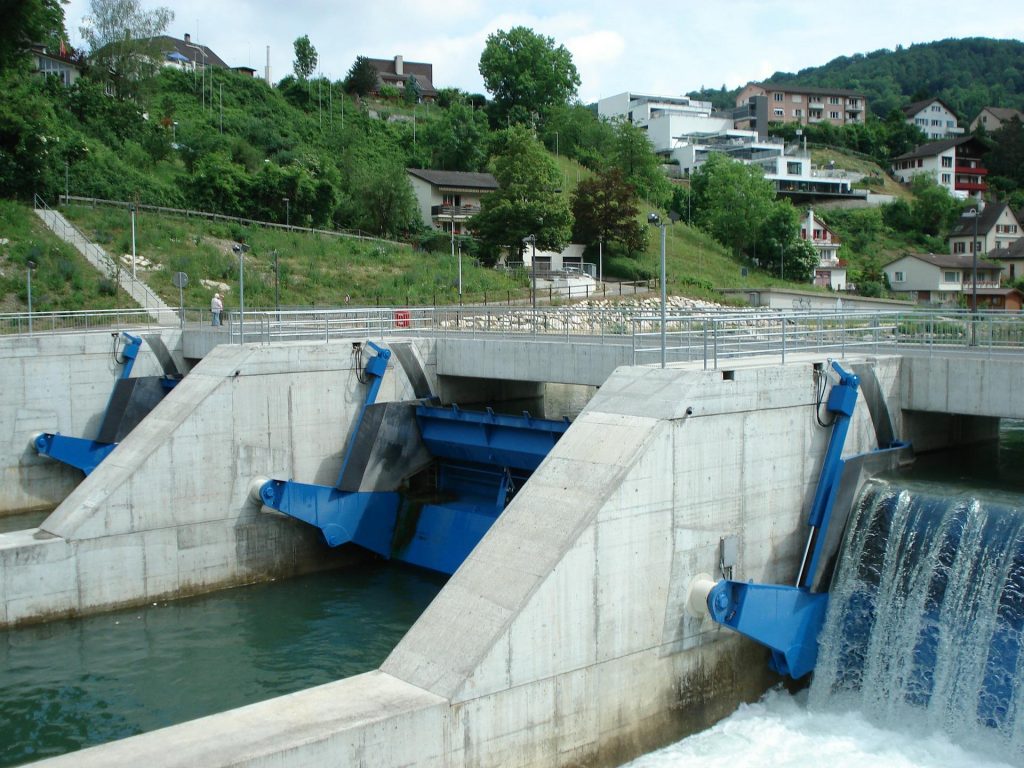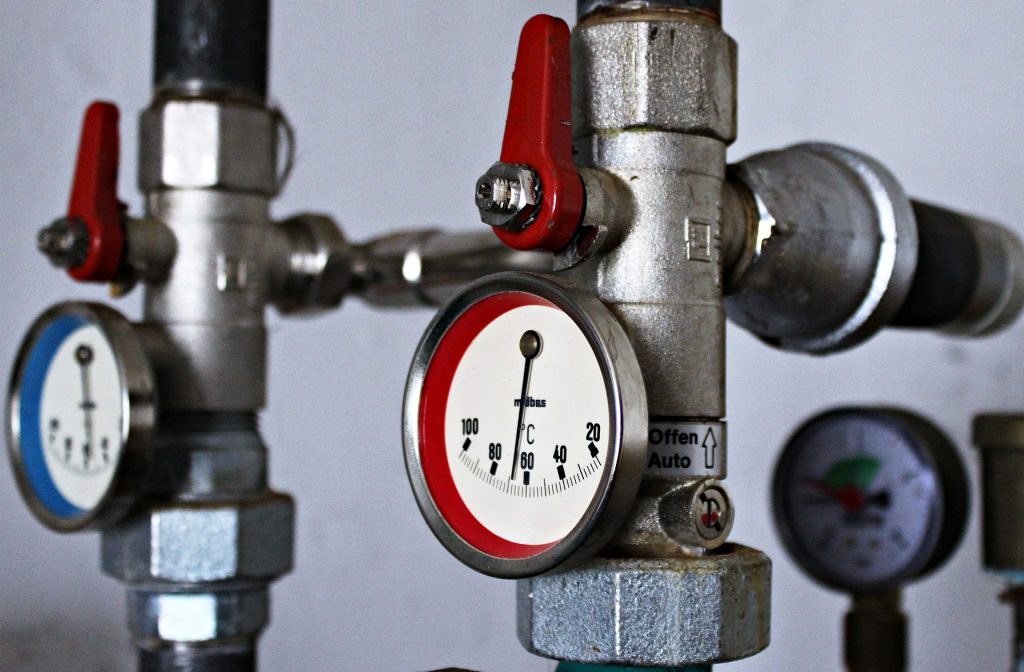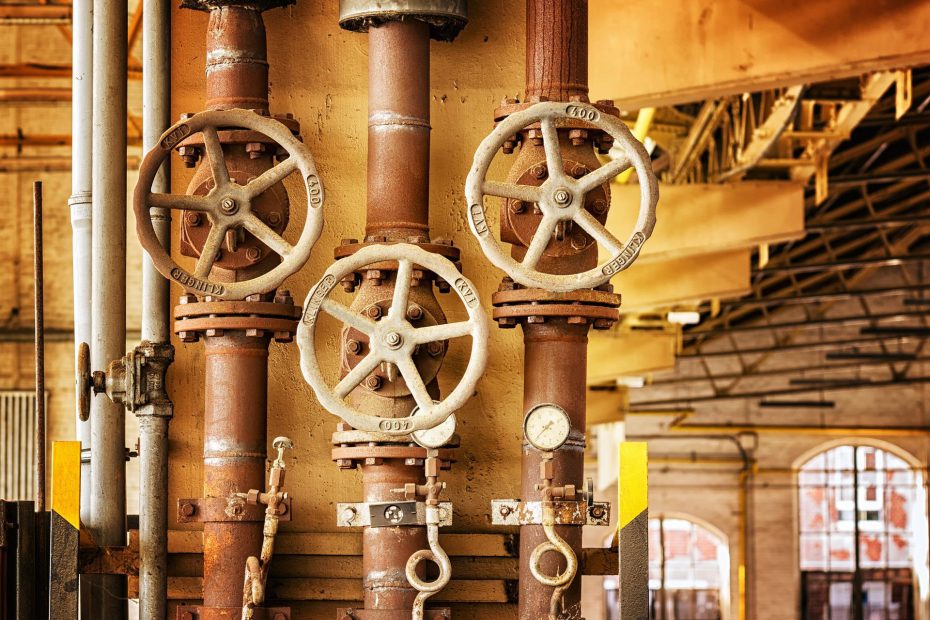There is no doubt providing the heating and cooling needs of public space is always challenging factor for the human race since the beginning. In fact, the concept “district heating” was actually developed in the ancient Roman civilization to supply hot water or steam heat across all its structures. In the nineteenth century, this technology was implemented in Europe to meet the heating and cooling needs due to variations in weather climates. Nowadays, district energy systems play a major role in providing heating and cooling to public and commercial places like commercial buildings, sports facilities, hotels, universities, and many more.
District Energy refers to the process of utilizing one or multiple energy sources to provide heating and cooling to multiple users. In fact, it consists of a network of pipes used to distribute the heating and cooling to multiple buildings across a neighborhood or an entire city. So, these energy systems are truly capable of providing constant hot water, steam, or chilled water supply.

Consumers can use that hot or chilled water to meet their space heating and air-conditioning needs. After being used by the consumers, the water is returned back to the central plant to be re-chilled or reheated and then redistributed through the closed-loop piping system for further use.
So, any individual building using a district energy system doesn’t require its own boiler or furnace, chiller, or air-conditioner. In fact, implementing a district energy system in any individual building provides numerous benefits including:
- Improved energy efficiency
- Enhanced environmental protection
- Fuel flexibility
- Ease of operation and maintenance
- Reliability
- Comfort and convenience for the consumers
- Decreased life-cycle costs
- Decreased building maintenance cost
- Improved architectural design flexibility
Therefore, the district energy system is proven extremely beneficial and economically and environmentally advantageous for holding the significant and uncapped potential to fast-track decarbonization.
Despite the list of benefits, the district energy system is not ideal for every project. In fact, this energy system is not perfect in a situation where consumer density is inadequate with a lack of aggregated thermal loads. So, this is not any magic pill to solve our country’s constant energy needs. But at the same time, it is also proven extremely beneficial to balance tomorrow’s electricity system. Till now, more than 660 existing district energy systems are operating all over the U.S. and that number will surely increase within a short span of time.

However, the success story of the district energy systems in the United States is always kept in a sealed envelope. Many people even don’t have any idea about the presence of district energy systems in their hometowns. In fact, the district energy system is perfect for the sector where the load densities are always high. So, it is commonly used in college and university campuses, large health-care and corporate campuses, major airports, manufacturing facilities, downtown business districts, resorts, military installations, government and municipal building complexes, and many more.
No doubt, our country needs to go many miles to achieve the local production matched to local use. However, steady measurable initiatives and progress by the government have been witnessed over the last few years in creating an energy policy and providing financial support for district-energy-system development.
